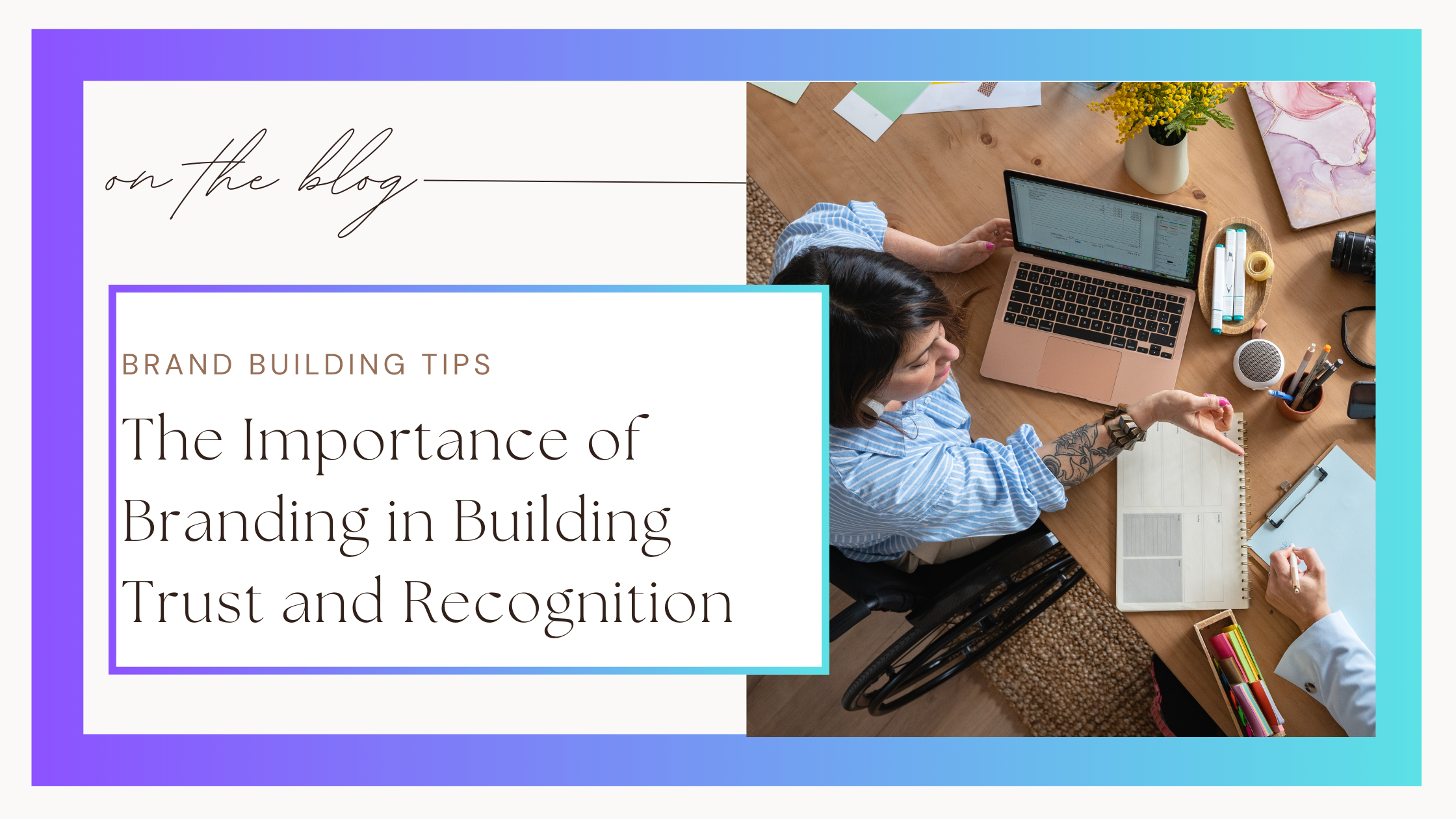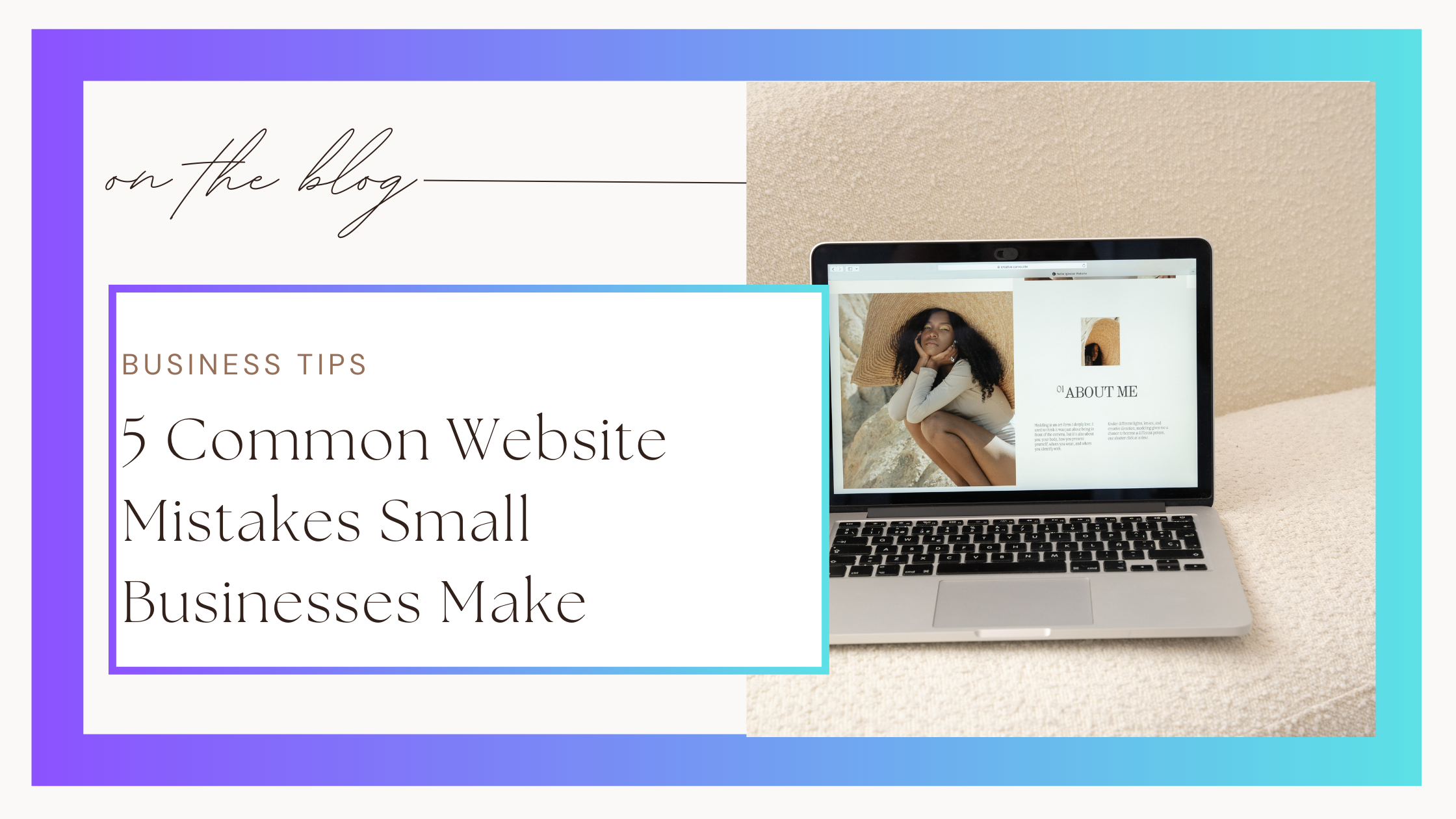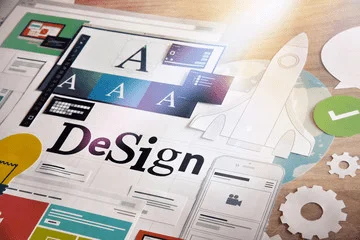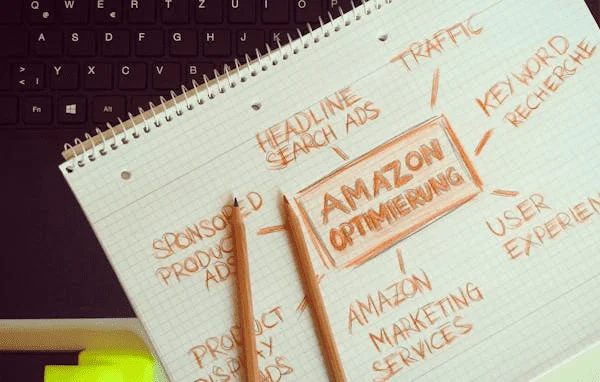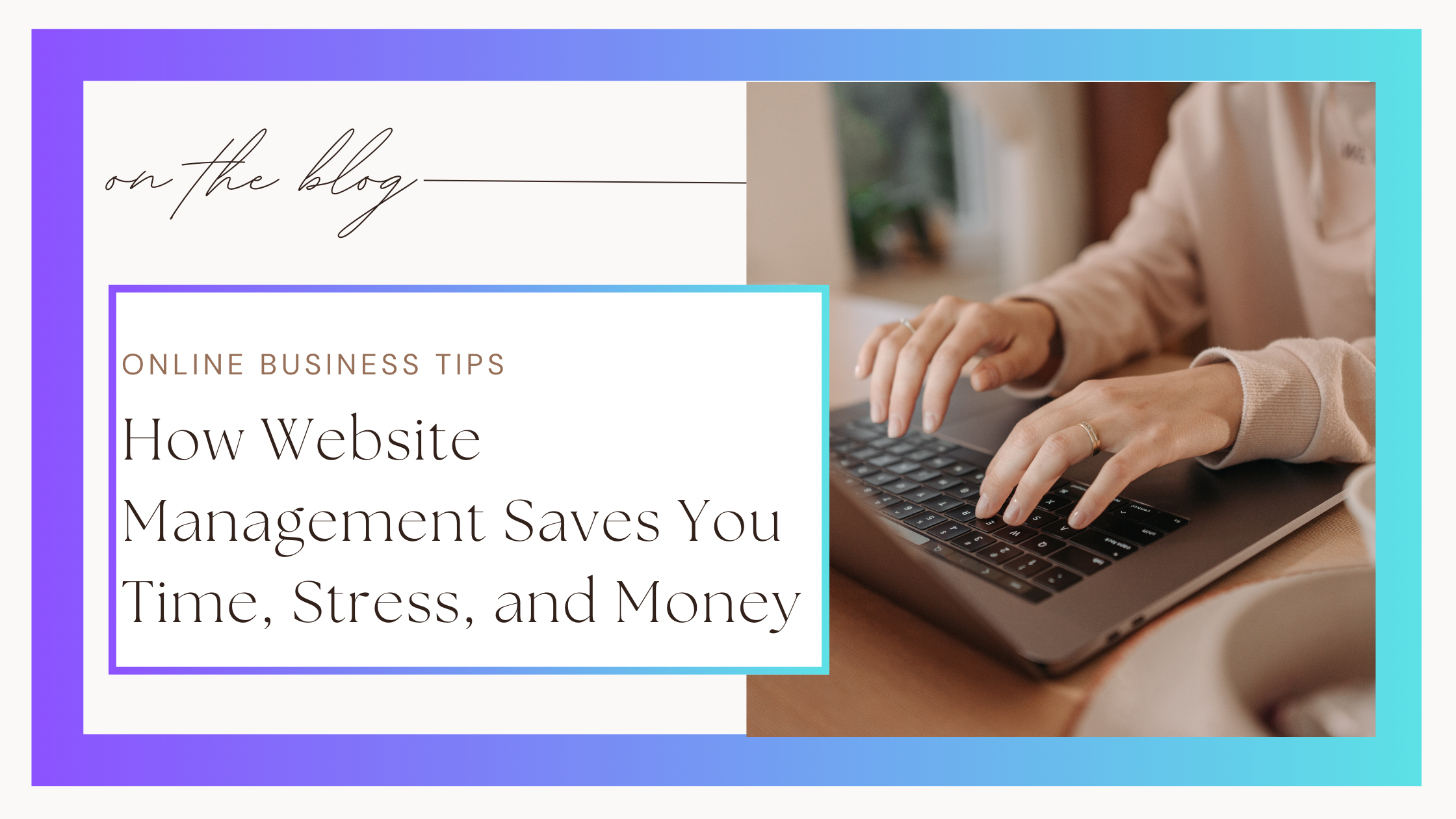
A website isn’t something you launch and forget — it needs care to stay secure, updated, and effective. That’s where professional website management comes in.
We handle updates, backups, and troubleshooting so you can focus on running your business. Businesses that actively manage their websites can reduce downtime, avoid costly fixes, and streamline workflows. Regular updates and performance checks can save hours each week. Automating tasks like backups, updates, and security scans not only prevents errors but also frees up mental bandwidth for creative and strategic work.

Security breaches cost more than you think. A hacked site can result in lost revenue, damaged reputation, and legal liabilities. Website management (like SSL, plugin updates, and monitoring) minimizes these risks. We monitor your site to prevent hacking attempts and data breaches. Also, with proper error monitoring and backups in place, recovery from issues becomes faster and less chaotic.
Need a new product listed or a blog post published? We take care of it quickly. Your website isn’t just a digital storefront. It’s a living, evolving platform. And the most powerful parts of it? The content that changes, grows, and engages blogs, product listings, service pages, testimonials, FAQs, and more.
Whether you’re selling physical goods or digital services, product pages are where decisions are made. Keeping them accurate, fast-loading, and visually appealing is essential. Website management ensures:
- Updated pricing, specs, and availability
- Optimized images and alt text for search and accessibility
- Seamless integration with inventory or e-commerce tools
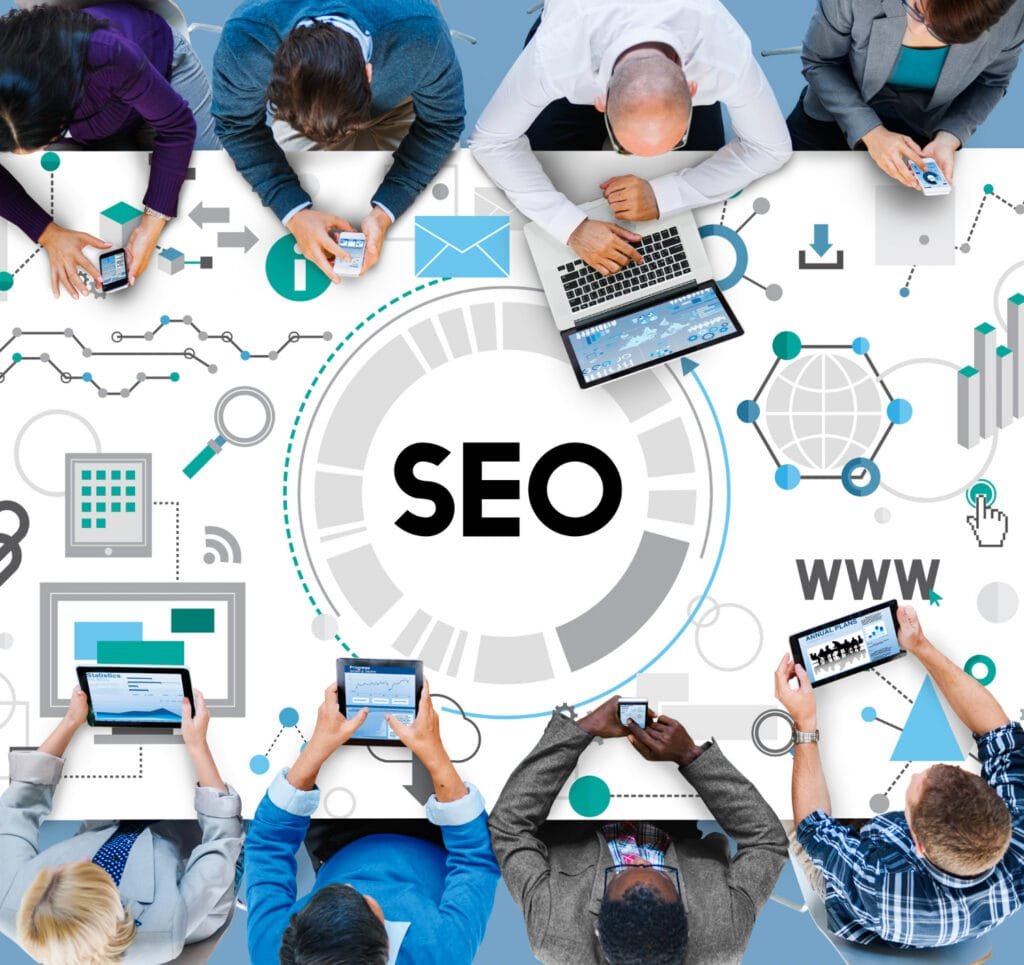
We keep your site optimized so you don’t lose rankings over time. Your rank on Google can attract customers who are searching for what you offer not just scrolling. A well-managed site with fresh content, optimized speed, and clean internal linking can significantly boost organic traffic, reducing reliance on paid ads.
Regular maintenance prevents expensive fixes later. Neglecting updates or security patches can lead to major breakdowns like, malware infections, broken layouts, or lost data. Fixing these issues reactively often costs far more than routine maintenance. Website management prevents these emergencies, saving hundreds (or thousands) in developer fees and lost business.
In today’s digital landscape, your website is more than a business card—it’s your storefront, your sales funnel, your customer service desk, and your brand ambassador. Managing it well isn’t a luxury; it’s a smart investment.
From keeping your blog fresh and your product pages accurate, to ensuring your site runs fast, stays secure, and ranks well on search engines—website management is what turns your site from “just live” to “actively working for you.”
By outsourcing this responsibility, you’re not just saving time and reducing stress—you’re unlocking the freedom to focus on what you do best: growing your business, serving your clients, and building your brand.
With Elyon Royal Designs managing your site, you can stop worrying about updates, plugins, broken links, or SEO tweaks and start seeing your website as a strategic asset. You’ll have peace of mind knowing it’s always performing at its best.

